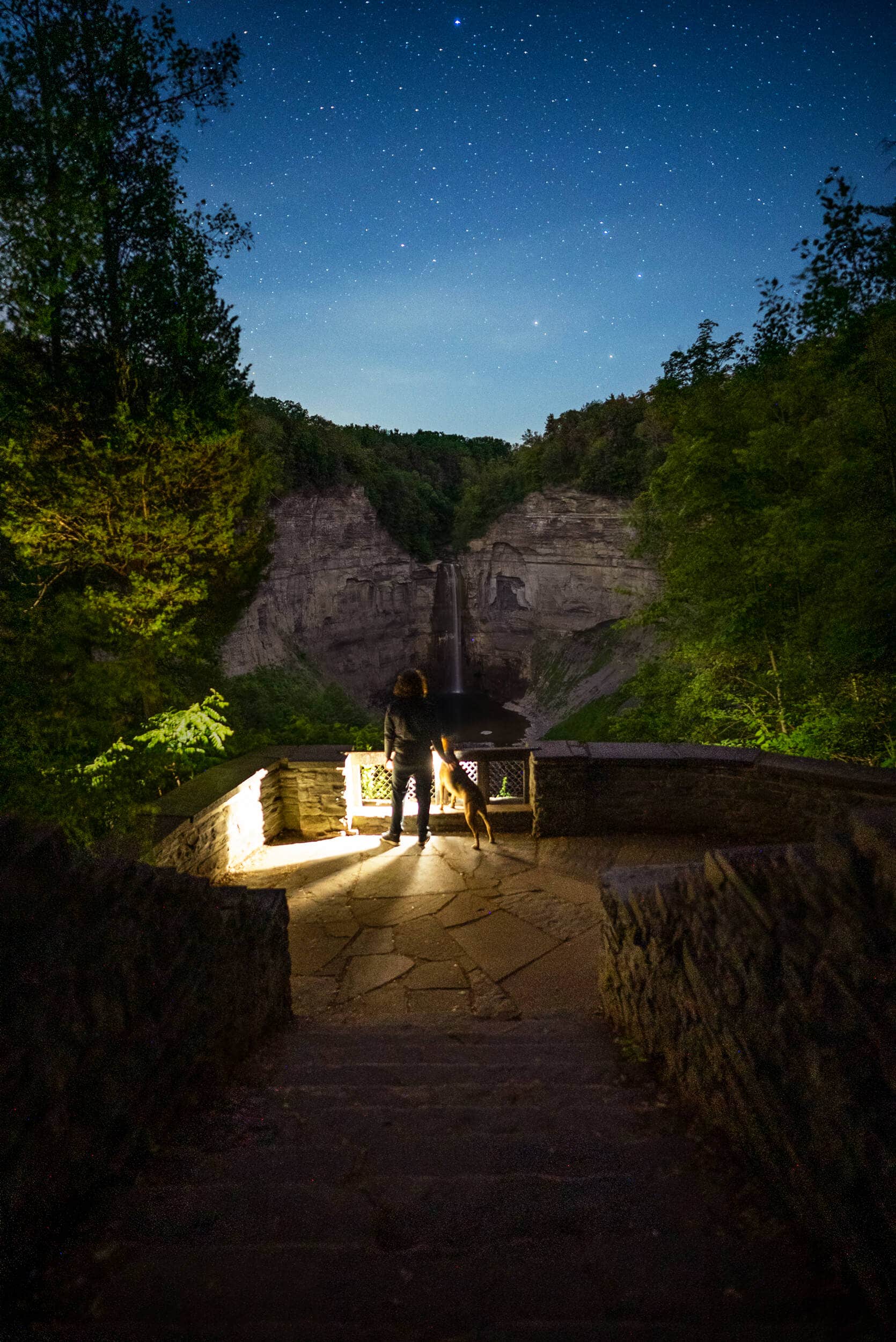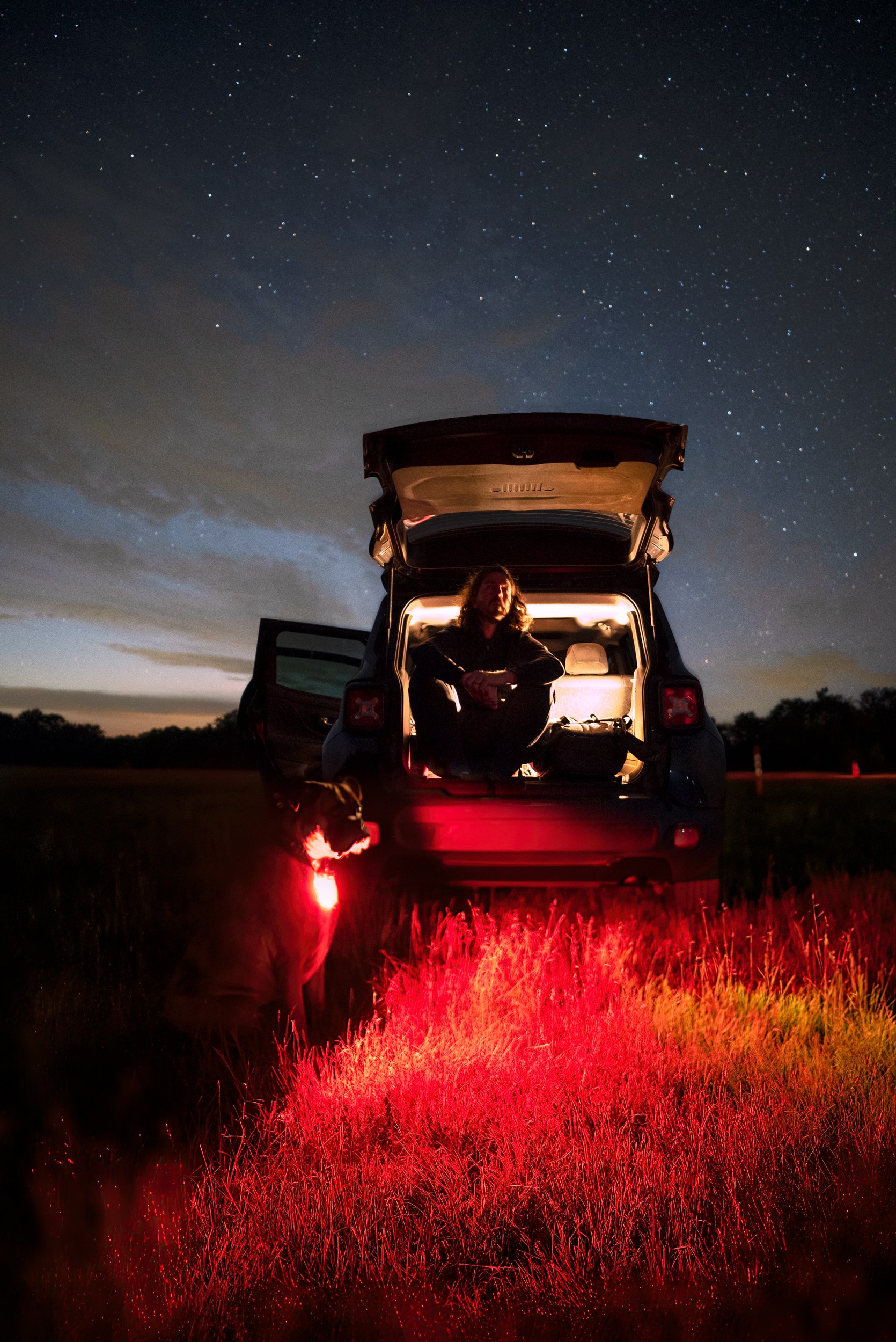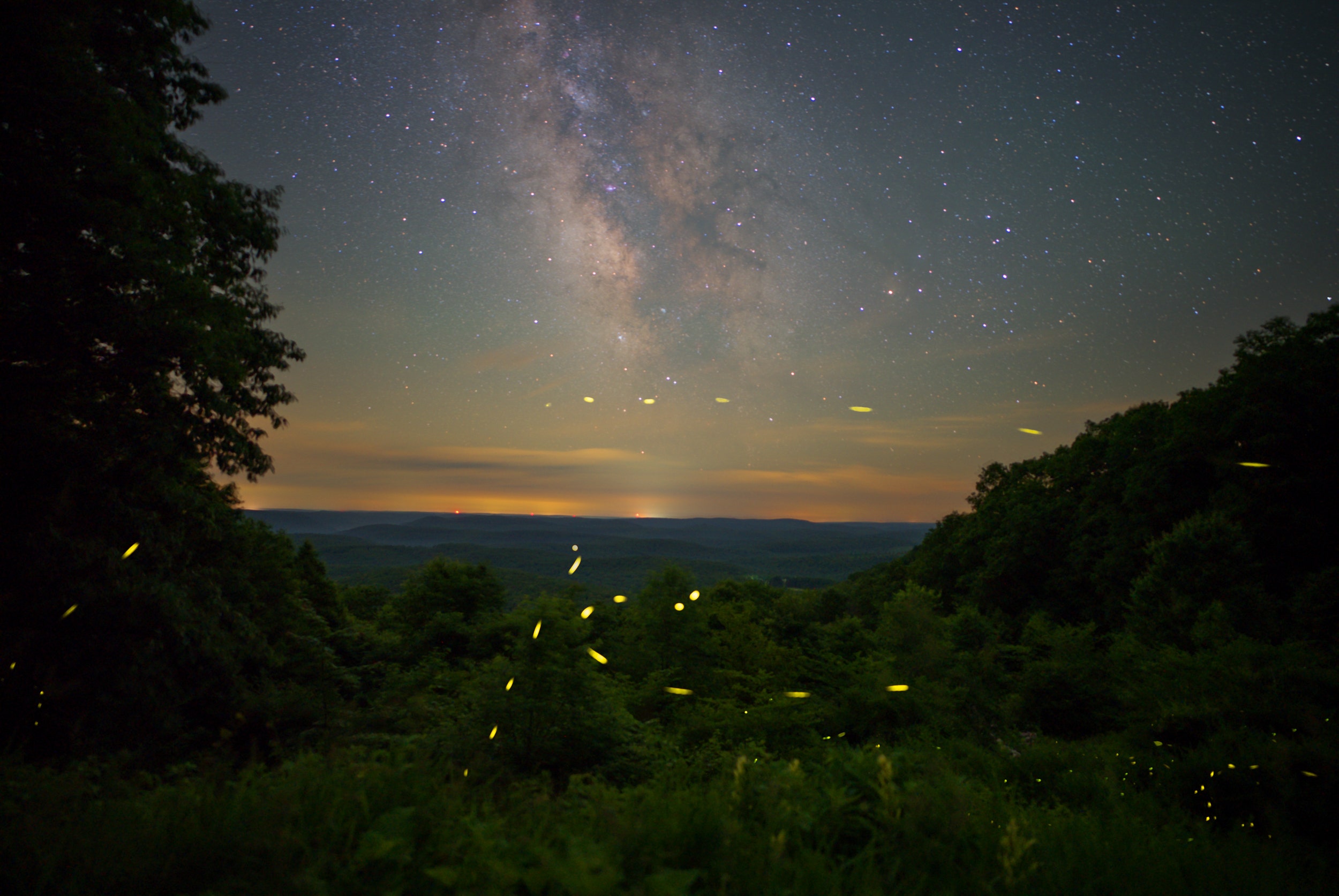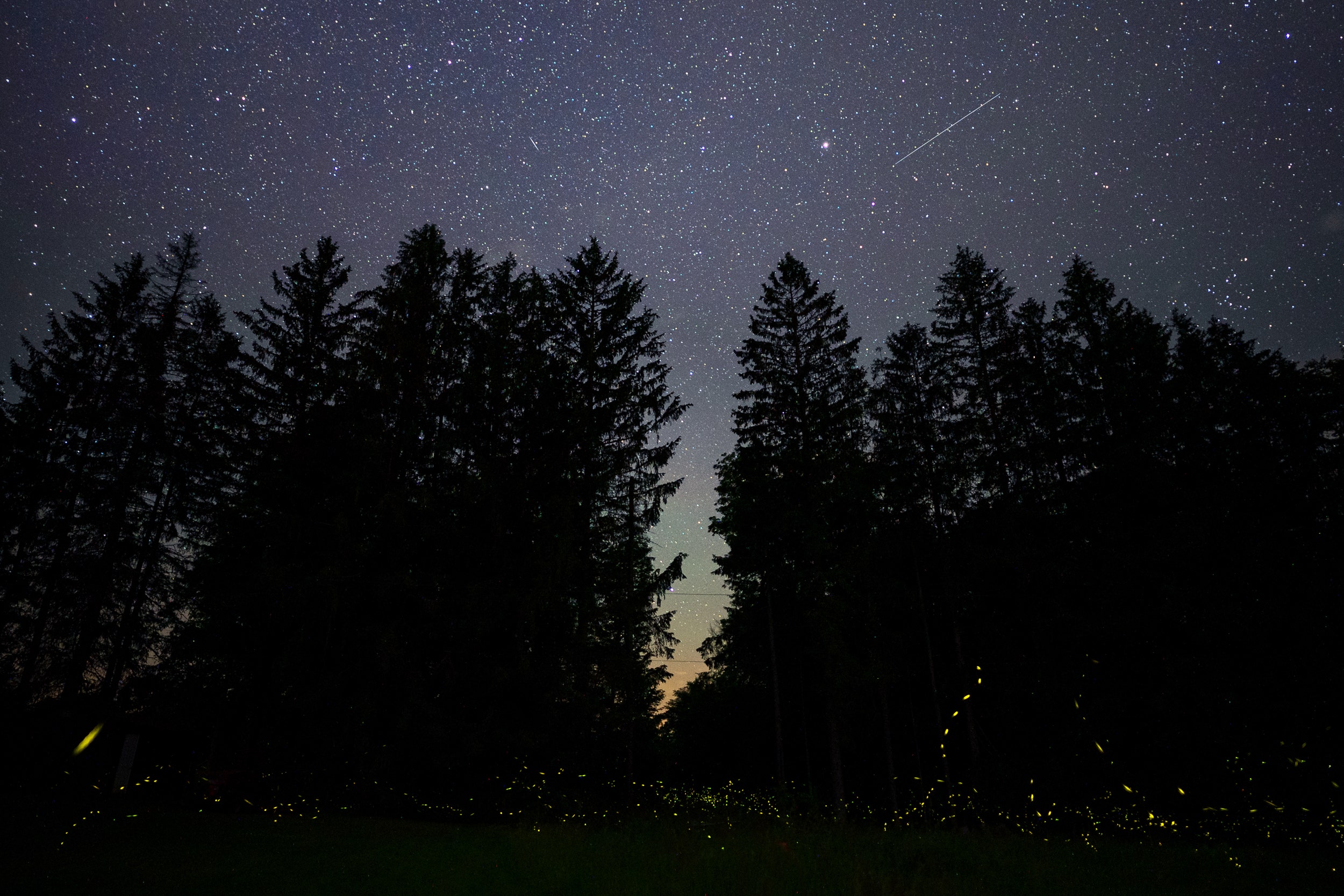Photographer Jack Fusco tests SIGMA's new 20mm F1.4 DG DN | Art, Ultimate for astrophotography and everyday photography.


SIGMA 20mm F1.4 DG DN | Art, Sony α7S III, ISO 6400, F1.4, 8s
As someone who shoots photos exclusively of the night sky, hearing “fast aperture prime” is pure music to my ears. The go-to of so many astrophotographers around the world, prime lenses offer the ability to collect more of that distant starlight we crave in our photos. Starlight that has traveled an immense distance through space and still requires some traveling here on Earth to escape man-made light pollution. While the ability to capture the stars requires a small journey of our own, the work truly begins in selecting the right gear for the task.


* The images without photograph data have been created
with other lenses other than SIGMA 20mm F1.4 DG DN | Art.
On paper, the specifications for the new SIGMA 20mm F1.4 DG DN | Art lens looked like an astrophotographer’s dream. With the New Moon just around the corner, I immediately began thinking of how I would put this lens to the test.
Before heading out, the first thing I noticed in the new mirrorless design was the considerably smaller size. With the overall smaller dimensions also comes the ability to attach filters to the front of the lens without the need for any adapters – a rarity for a lens this wide and fast! Anything from light pollution filters at night to a neutral density filter for daytime landscapes or video are easily accommodated.




Company Under the Stars
While I normally head out on my astro adventures solo, for this trip, I was lucky enough to have some four-legged company. My dog, Kona, and I would venture out to three unique dark sky locations I’ve had in mind that would be perfect to put the lens to the test. I was also hoping to add to our collection of photos under the night sky together.
Starlit Waterfall
First up, I booked a campground in Taughannock Falls near Ithaca, New York. Unfortunately, most of the area closes at night, but I received permission from one of the rangers to take a few photos at the falls overlook. While my first outing with this new lens would be brief, it wouldn’t be an easy one. With very little light available, I took advantage of the fast aperture and shot wide open at F1.4 to try and pick up detail from the huge canyon in front of me. Five consecutive exposures were taken with the same settings to stack the foreground for noise reduction in post processing.


SIGMA 20mm F1.4 DG DN | Art, Sony α7S III, ISO 3200, F1.4, 25s


SIGMA 20mm F1.4 DG DN | Art, Sony α7S III, ISO 3200, F1.4, 30s
I couldn’t pass up the chance for my first photo of the trip with Kona. I set the camera on a self timer and we ran down the stairs into place to stand still for our first long exposure. After that, I used a similar technique to stack identical exposures in post processing for more detail and less noise. While there was still a bit of residual sunlight in the sky, I was really impressed with the level of detail across the image and how great the color looked in such low light.
In addition to being able to accommodate filters, the front of the lens also has a small notch to help keep a lens heater in place. With the temperature changes at night, lens fog is a problem that almost every astrophotographer has encountered. I love that this feature was added specifically with astrophotographers in mind. It is a small detail, but it does show the level of thought that went into making this lens an ideal choice for anyone looking to head out under the stars.


Late Nights at the Beach
Heading south from Ithaca, Kona and I ventured to Assateague National Seashore in Maryland. The skies here are a bit darker and would be a great place to break out my star tracker. By mounting my camera to the polar aligned tracking device, my lens and camera would continue to point at the same spot in the sky as the Earth rotates. This eliminates the need for shorter exposure times, but does require a separate foreground exposure. After my sky exposure of the Milky Way was captured, I used my phone as a remote monitor for my camera and found the perfect spot along the pathway for Kona and I to sit under the stars. We captured this just in time for an unfortunate amount of fog and clouds to hide the stars for the remainder of the night.


SIGMA 20mm F1.4 DG DN | Art, Sony α7S III, ISO 6400, F1.4, 8s
A True Dark Sky Test
While my initial impressions of the lens were certainly positive, the true dark sky test was still to come. We made our way back inland to an International Dark Sky location, Cherry Springs State Park in North West Pennsylvania. Home to Bortle Class 2 skies, I’d be capturing bright stars from one edge of the frame all the way across.
One of the first questions that gets asked about a potential astro lens is “how does it perform in the corners?” Virtually no other genre of photography demands such perfect detail in the far-reaching corners of a frame all while shooting at the widest aperture possible. With the stars absolutely glowing from horizon to horizon at Cherry Springs and fireflies lighting up the landscape around us, we were in the right spot to confidently answer that question.
Capturing nothing but starlight directly above my head at F1.4, I was blown away by the optical performance of this lens, even in the extreme corners. The stars remained pinpoint dots of light, truly an astrophotographer’s dream.


SIGMA 20mm F1.4 DG DN | Art, Sony α7S III, ISO 1600, F1.4, 15s
Patiently Waiting for the Milky Way
I captured a few images of Kona and I hanging out while waiting for the Milky Way to move into position to help commemorate our multi-day adventure. With his own red light equipped headlamp, I was easily able to adjust focus while using the lens at F1.4 and take advantage of the live view on my mirrorless camera. I’m still amazed at how well Kona has learned to stay still for these long exposures! If you could see my catalog of images, I probably ruin more frames by moving than he does.


SIGMA 20mm F1.4 DG DN | Art, Sony α7S III,
ISO 3200, F1.4, 15s


SIGMA 20mm F1.4 DG DN | Art, Sony α7S III,
ISO 1600, F1.4, 10s
Dark Skies and Fireflies
With the Milky Way finally high enough above the horizon, we began making our way from one composition to the next. Throughout the night, I took advantage of the manual focus lock (MFL) switch on the lens, which disables the focus ring while engaged. This means after I initially got my focus dialed in, I wouldn’t have to worry about it shifting while I moved or need to apply tape to hope the focus ring stayed in position. There’s nothing worse than having your first photo in focus, forgetting to check, and then not realizing until much later in the night that you took a bunch of out-of-focus images.
Each time I captured a new frame of the Milky Way, I reviewed the back of my camera with a huge smile on my face. It’s an incredible feeling to be out under a truly dark sky and be able to capture so much detail.


SIGMA 20mm F1.4 DG DN | Art, Sony α7S III,
ISO 3200, F1.4, 75s


SIGMA 20mm F1.4 DG DN | Art, Sony α7S III,
ISO 1600, F1.4, 75s


SIGMA 20mm F1.4 DG DN | Art, Sony α7S III, ISO 1600, F1.4, 80s
In between capturing frames of the Milky Way, the fields around us were filled with more fireflies than I have ever seen in my life. It was almost to the point of distraction, but it served as a nice reminder to capture a few images before finally calling it a night.


SIGMA 20mm F1.4 DG DN | Art, Sony α7S III, ISO 3200, F1.4, 345s
Unquestionable Quality
After this road trip of chasing dark skies and fireflies with Kona, it’s abundantly clear that the astro-centric features of this lens are only outdone by its performance. I have no doubt that this lens is not only going to become a staple in my bag, but will be fighting for the spot of the first lens I reach for when I’m under the stars. The way this lens has been crafted leaves no room for debate on its quality. If you’re looking for a lens to capture stunning images of the stars, look no further.


SIGMA 20mm F1.4 DG DN | Art, Sony α7S III, ISO 1600, F1.4, 20s


Jack Fusco
Astrophotographer / Time-lapse photographer
Jack Fusco is a professional landscape astrophotographer / time-lapse photographer. What began as a way purely to document his travels as a touring musician, photography has become his main form of creative expression.
On his often-sleepless journey, he strives to share the wonder of the night sky with as many people as possible. Whether chasing the Milky Way along coast lines or capturing the Northern lights in unforgiving remote locations, you’re sure to find him, coffee in hand, smiling up at the stars.
Many of Jack’s images are often planned days, weeks, or even months in advance while waiting for weather and celestial objects to align. The resulting work shows a true and complete dedication to his craft.
His work has been featured by National Geographic, TEDx, LA Times, NASA APOD, BBC, Forbes and many more.